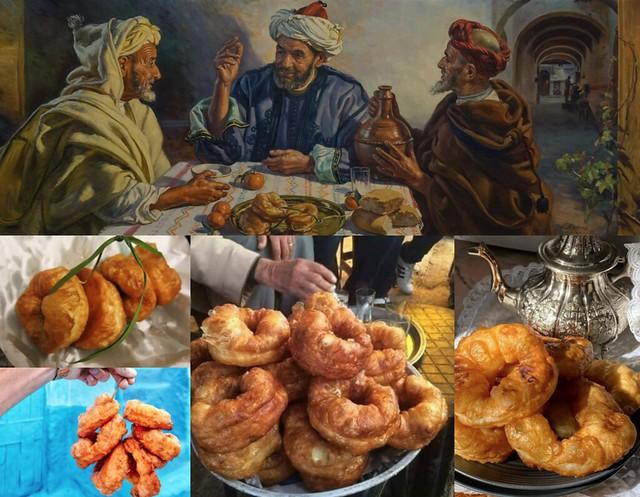Es-Semara (EH-partial)
Overview
Overview of Es-Semara (EH-partial)
Es-Semara, also known as Smara, is a unique and culturally rich city located in the disputed territory of Western Sahara, administered by Morocco. It offers a blend of Moroccan and Sahrawi cultures, providing a unique glimpse into the traditions and lifestyles of its inhabitants. The city is known for its historical significance and its beautiful desert landscapes. Es-Semara is home to several historical sites, including the old Spanish fort and the grand mosque built by Sheikh Ma al-Aynayn, which are central to its spiritual and cultural identity. The city’s remote desert setting also makes it a place of peace and solitude, far from the bustling tourist spots found in more frequented Moroccan destinations.
Tourism Season and Activities
The best time to visit Es-Semara is during the cooler months from October to April, when the desert climate is more bearable. During this high season, the weather is generally mild, avoiding the extreme heat common in the summer months. Tourists can enjoy a variety of activities such as desert treks, camel rides, and cultural tours that explore the local history and traditions. Star gazing is particularly spectacular here due to the minimal light pollution. Additionally, visitors can interact with local Sahrawi tribespeople, offering an authentic experience of their nomadic lifestyle and traditional music and dance.
Preparation for Travel
Before traveling to Es-Semara, it’s important for visitors to prepare adequately. Given the remote location and the desert environment, travelers should pack appropriate clothing including items for layering, as temperatures can vary significantly between day and night. Sun protection is essential, so hats, sunglasses, and high SPF sunscreen are recommended. It’s also advisable to bring a good supply of water and snacks, as shops may be sparse in more remote areas. Visitors should be aware of the political sensitivity surrounding the Western Sahara region and respect local customs and regulations. Lastly, ensuring that you have a knowledgeable local guide and up-to-date travel advice will enhance your visit and help navigate any potential challenges in this distinctive region.
How It Becomes to This
History not available

You May Like
Explore other interesting states in Morocco





